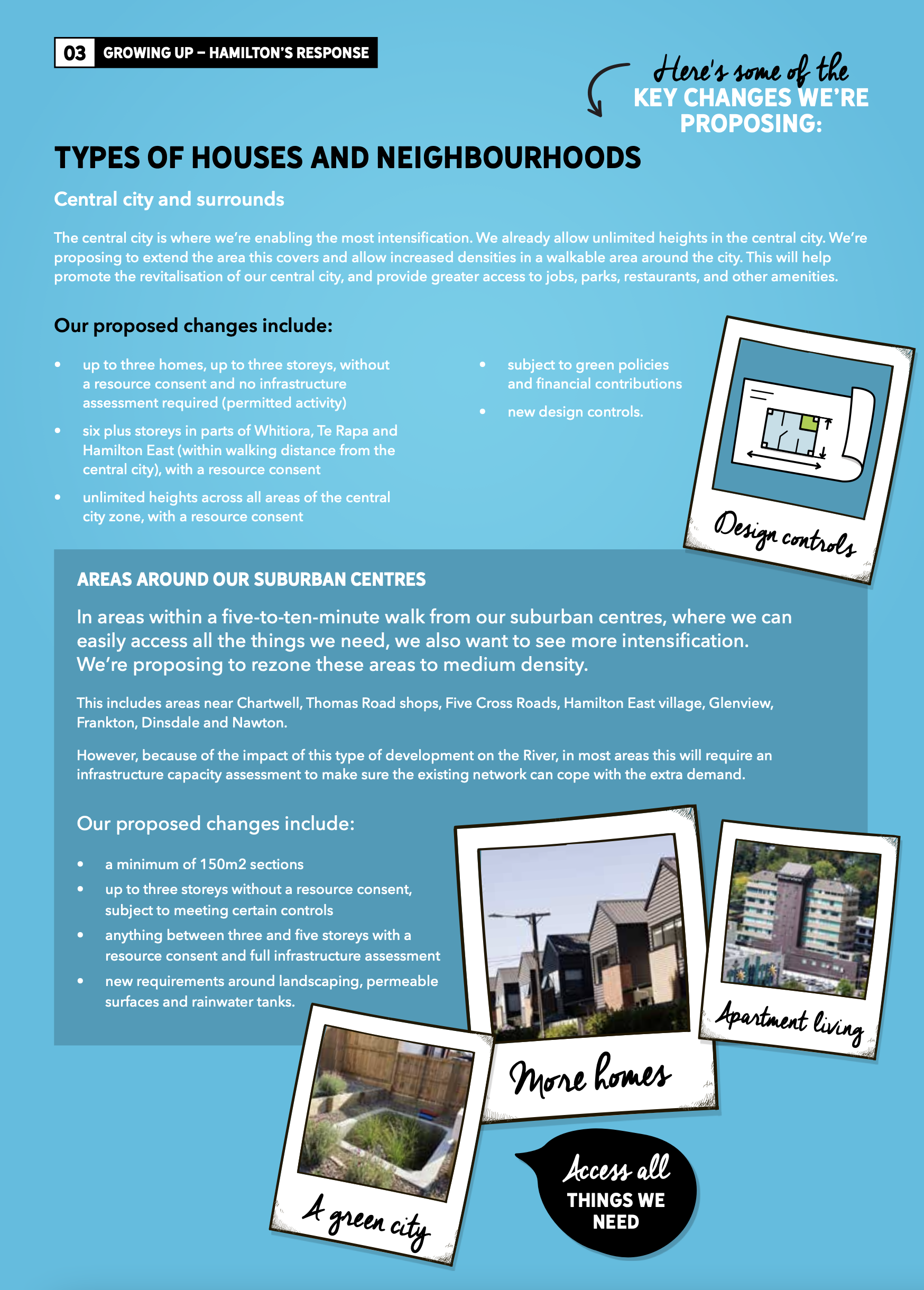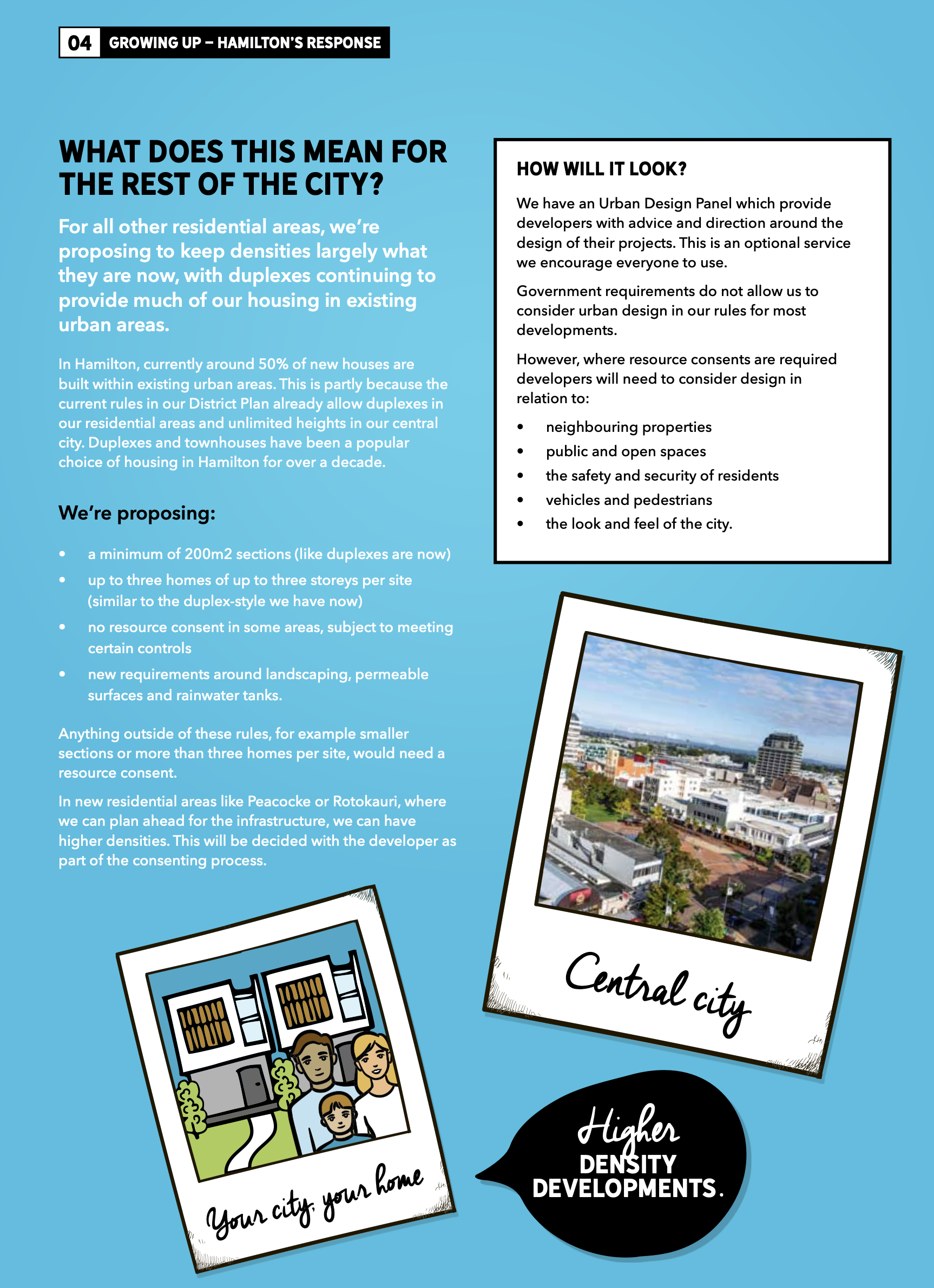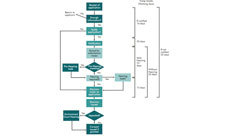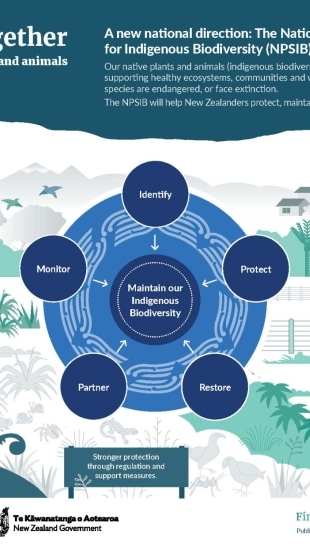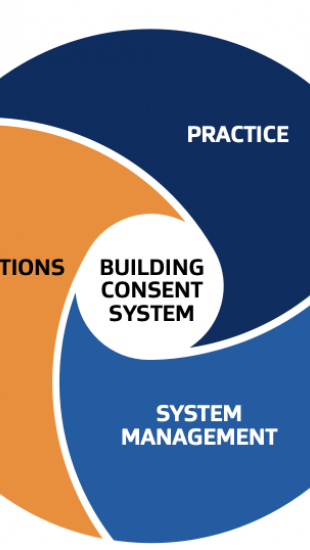Plan Change 12 – now delayed till 2024

The recent extension granted by the Minister for the Environment of the Plan Change 12 (PC12) decision-making deadline from 31 March 2024 to 20 December 2024 has led to a re- prioritisation of the District Plan programme to focus on Plan Change 14 – Flood Hazards and Plan Change 16 – Inclusionary Zoning.
Plan Change 14 (PC14) involves revisions to certain chapters and appendices within the 2017 Operative Hamilton City District Plan, specifically focusing on flood hazard regulations. The need for these changes arises from the challenges posed by increased housing intensification, driven by the National Policy Statement on Urban Development (NPS-UD) and the Resource Management (Enabling Housing Supply and other Matters) Amendment Act 2021.
The city’s growth is expected to double in the next 50 years, with an estimated 120,000 homes to house about 310,000 residents. Notably, since 2017, nearly half of the city's residential growth has occurred in brownfield areas, leading to the construction of apartments and duplexes.
Hamilton's rapid urban expansion is part of a larger nationwide trend. While urban growth offers various benefits, it also presents challenges for local governments, including concerns about housing affordability and the capacity of infrastructure to support such expansion.
Staff have identified a potential gap in the Operative District Plan regulation of flood hazards, particularly related to buildings and other development in areas prone to overland flooding and low flood risk zones. More than 17,000 building locations could be affected in a 1% AEP (100-year) flood event, primarily in medium to low hazard areas. Additionally, nearly 24,400 building locations intersect or are close to overland flow paths, including minor, moderate, and major categories. While the risks to people and property in these areas are relatively low, there is still a significant cumulative impact, including the potential for floodwaters to affect neighbouring properties.
Low, medium, and high flood hazards can have varying impacts on individuals and communities. These impacts are not uniform and can affect people differently based on their location, vulnerability, and preparedness. However, it is essential to consider all levels of flood hazards when assessing and addressing flood risk.
Studies are presently in progress, and initial provisions are being drafted. Early discussions with key stakeholders have already started with Waikato-Tainui, Kainga Ora and The Property Council. These discussions will extend through the end of 2023. After gathering feedback from stakeholders, staff will review and refine the proposed provisions. Staff will seek Council’s approval to notify PC14 in the first quarter of 2024 with a recommended approach based on feedback on the options
Hamilton City Council has been granted an extension by the Minister for the Environment to deliver Plan Change 12; the city’s response to Government direction to provide more housing, and higher density housing in Hamilton. Council will now have until 20 December 2024 to finalise the changes, instead of an earlier 31 March deadline.
Since 2020, Council has had work under way to update flood mapping across the city and make it accessible online for everyone. The next step is to consider further changes to planning rules to help create more climate resilient communities and better manage flooding hazards.
The work is known as Plan Change 14 and will look to remove out-dated flood hazard maps from the District Plan and introduce improved rules to manage flood hazards based on the most up-to-date information available on the city’s Floodviewer. Initial engagement with the community is expected to take place later this year before formal notification of any rule changes in 2024.
Hearings for Plan Change 12 due to start in September had already been postponed and will now take place in 2024. Submitters will be notified directly with new dates and any other information required because of the changes.
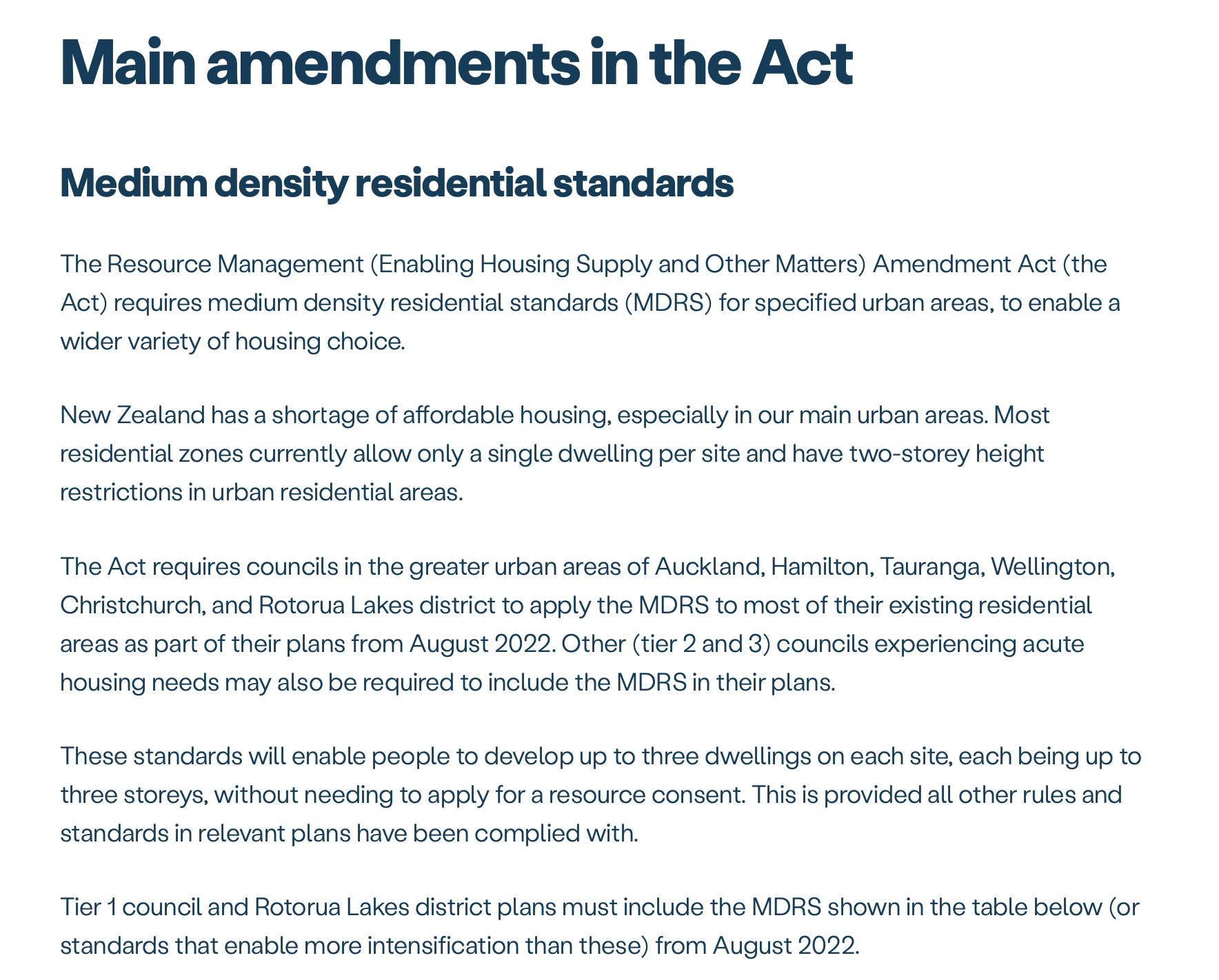
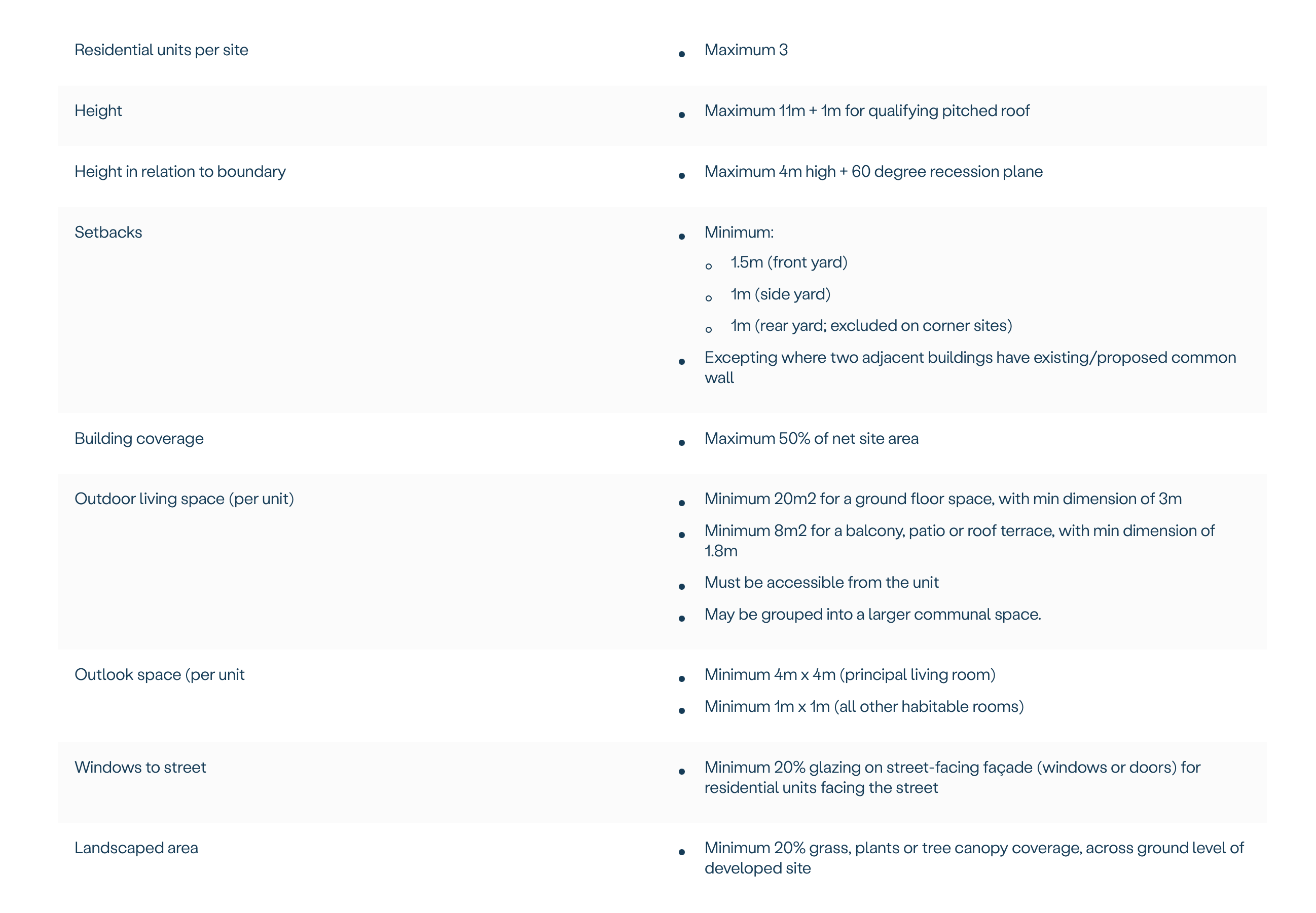
Plan Change 12 – Growing up
Hamilton's response to Government direction for growth and the changes we must make to the District Plan (our rule book for development.)
We’re making some changes to Hamilton’s District Plan, the ‘rule book’ that guides development in our city. These changes will provide for more housing, and higher density housing, across the city.
This means there will be changes to the rules around how you can develop your property. But it also means more homes can be closer to all the things we need like shops, jobs and public transport. It also provides for more homes, and a greater variety of homes, for the people that call Hamilton Kirikiriroa home.
We’re aiming to notify these changes for public feedback on 19 August this year. That will be your chance to find out more detail and have your say on our proposal.
Why are we making these changes?
Since 2020, Central Government has reset the rules for how big cities can grow and introduced two pieces of legislation that tells councils how they must make that happen. These are the National Policy Statement on Urban Development (NPS-UD) and Resource Management (Enabling Housing Supply and Other Matters) Amendment Act 2021.
Amongst other things, the new rules requires cities like Auckland, Christchurch, Wellington, Tauranga and Hamilton to grow up, not just out.
What do we mean by density?
When we talk about density we’re talking about how compact the housing in our city is. For example, the size of our sections and how many storeys high we can build.
Low density is typically large sections, for example 800m2 with a house and a large backyard.
Higher density can be multi-level townhouses and apartments like those already seen in parts of the central city and around the university.

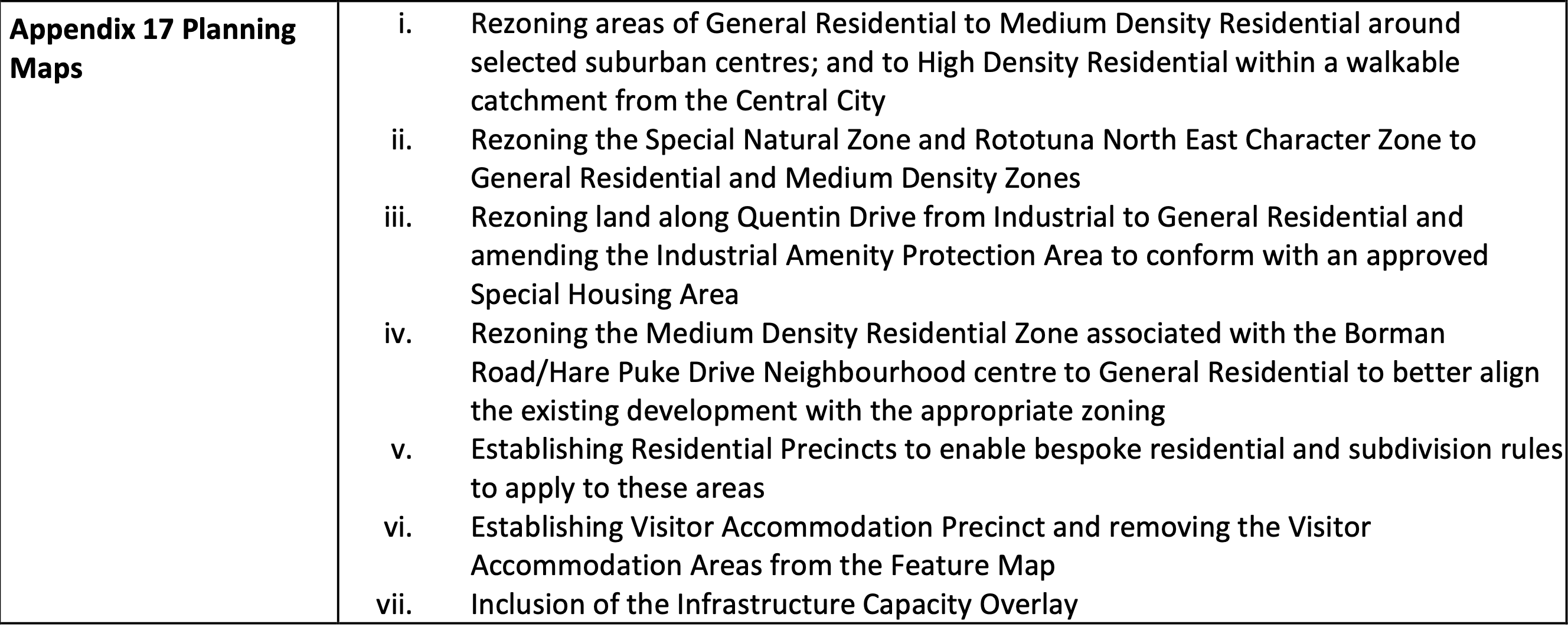
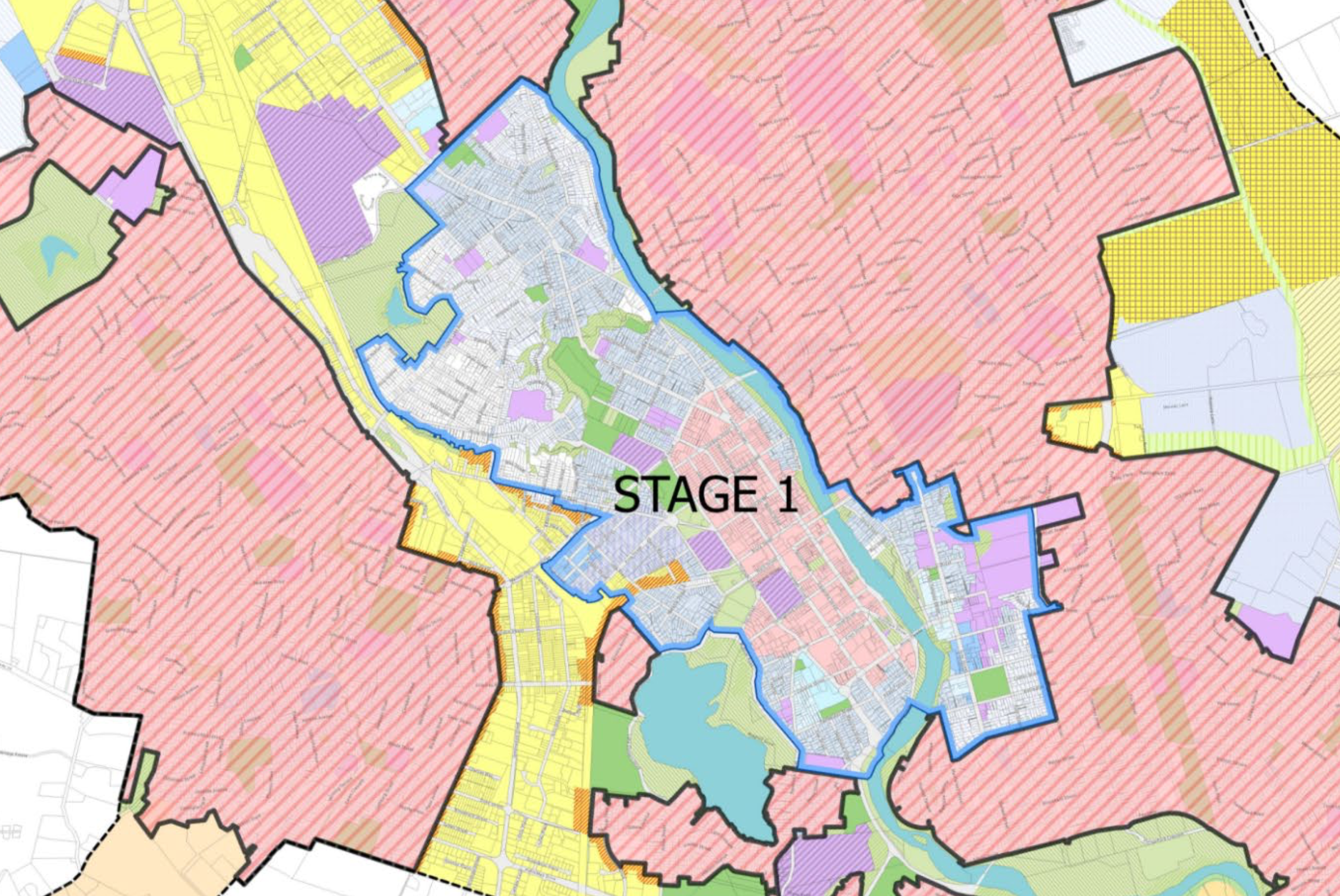
What's next?
- Now – Preparing the draft plan change.
- 19 August / September – Public notification (and your chance to tell us what you think).
- Late-2022 to mid-2023 – Hearings (you can speak to your submission in person).
- Late-2023 – Notification of the decision.
- Early-2024 – Plan change operative and the new rules come into effect.
- The City Planning Unit are on track to notify Plan Change HCC response to the Enabling Housing Act by 20th August
- Plan Change 12 will be heard by a range of highly qualified independent hearing panel members, chaired by David Hill, with Vicki Morrison-Shaw, Dave Serjeant, and Nigel Mark- Brown.
- A significant amount of investigation has gone into understanding the Cities obligations regarding the protecting and enhancing the river and how intensification as directed under the Enabling Housing Act will support this.
- The evidence points to the fact that further unfettered intensification will have a detrimental impact on the river. As such triggering a ‘qualifying matter’ (QM) under the Enabling Housing Act. When a QM is tiggered, it provides Council the ability to modify the Medium Density Residential Standards and the wider directives of NPS:UD, to accommodate the QM.
- This leads Hamilton City to needing to amend the MDRS provisions to ensure intensification is enabled in a manner that does not adversely effect the river, and to an extent, enhances it. This modified approach which the City is developing means that the MDRS provisions are unlikely to have immediate legal effect from date of notification.
- In general, the findings from the evidence, point to greenfield areas being able to support higher density than in brownfield, so a more permissive approach to density in these areas is being worked on. In brownfield areas, a more concentrated approach to enabling density is being worked on in and around the city-centre. While greater density outside of these areas won’t be precluded, the hurdles will be higher given the need to manage the 3-waters impacts on the river.
- The approach being considered by the City includes: what additional 3-waters provisions eg rainwater tanks, permeable surfaces are required to mitigate the effects on the river; are there parts of the city that can cope with more density than others. On top of this, the use of Financial Contributions are also being considered to support off-setting the effects of intensification, for example local network upgrades, street-scape beautification and initiatives which support the health and wellbeing of the river.
- Despite the likely amendments to the MDRS, the changes in density and built form which these will give rise to will be some of the most significant Hamilton has seen.
- Plan Change 12 approach will be resolved at DP meeting on 4th August with a recommendation to Council on the 18th
- Full details of the changes will be released to the public at notification on 20th
